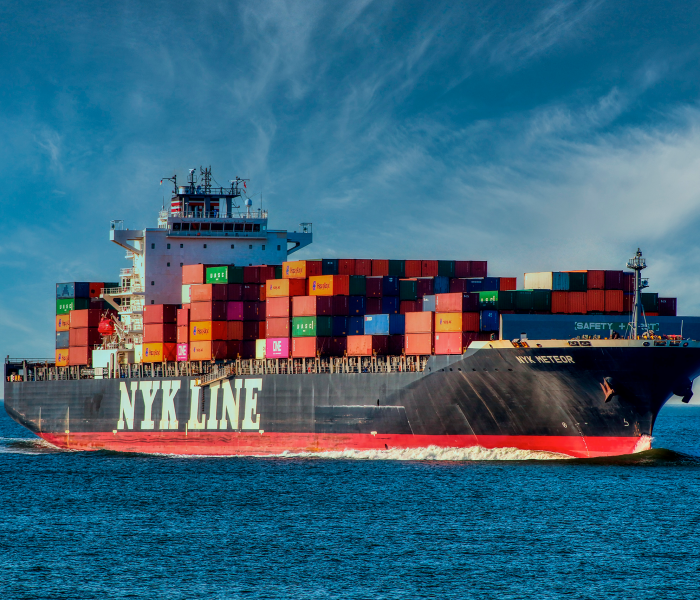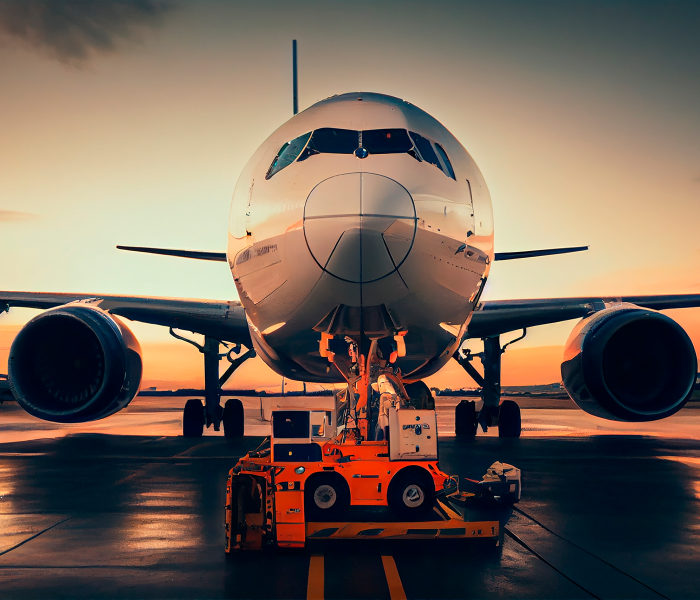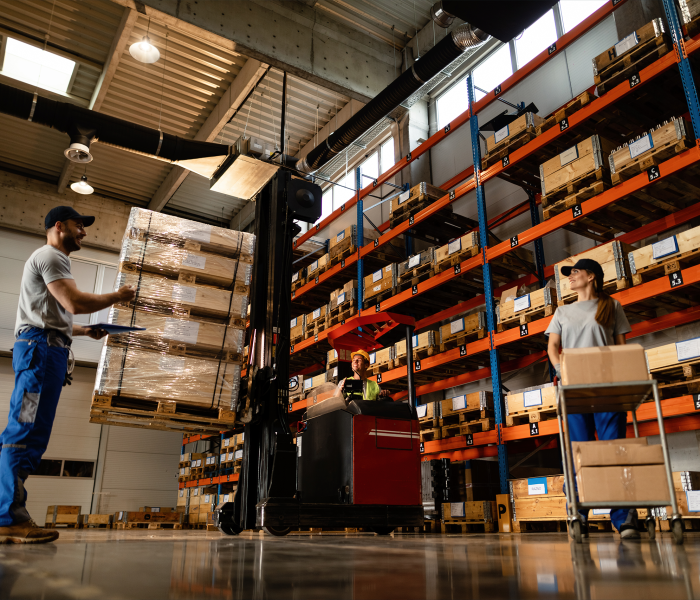Our Services
About Us
Let us make your logistics hassle-free
TalaTrans Worldwide focuses on providing our clients with the very best logistics experience possible, while always maintaining our personal touch. We offer a wide variety of services to assist with all aspects of the shipping process and pride ourselves on never losing sight of the core of our business: our customers.
Experience and Expertise Matter
Trust Score 4.5

Technology

Personalization

Global Reach

Compliance
0k
Worldwide Agents
0
Countries Coverage
0
Major Networks
0+
Years of Experience
What They Are Talking About TalaTrans
Customer Feedback
Working with Talatrans is a breeze! They know exactly what they are doing at all times. Appreciate all the hard work they put in to ensure shipments are delivered as soon and as smooth as possible. Thank you Talatrans!
Cecilia Marie
- Air Freight Service
It was my honor to know you personally and yo learn about business strength professionally. I am quite confident to deal with new requests which are related to US + Mexico, because of you. I will do the same for you. Take..
Diane
- Road Freight Service
Very responsive and reliable. Great teams to work with and can provide a wide variety of services. Definitely recommendable.
Moises Perez
- Air Freight Service
We appreciate your warm greetings and are grateful for Talatrans’ continued excellent service throughout the year. Thank you for your thoughtful offer of a present from Mexico.
LILLIAN KUO
- Ocean Freight
Our Station
Our warehouses are strategically located so that you can get your products to your customers more quickly and affordably by shipping from any of our ecommerce fulfillment centers. Split your inventory across locations, and we’ll automatically select the warehouse that gives you the quickest turnaround at the best price.













